The above information was shared by Associate Professor, Doctor, People's Physician (TTND) Nguyen Hong Son, Vice Chairman of the Southern Professional Council, Central Cadre Health Care and Protection Board, on the sidelines of the "2023 Military-wide Scientific Conference on Resuscitation, Emergency, and Anti-Poisoning" took place at Military Hospital 175 on the morning of September 22.
Shorten time, increase patient's chance of survival
According to Dr. Nguyen Hong Son, with the traffic situation in Ho Chi Minh City and neighboring provinces, the road emergency system still has certain limitations, especially during rush hours. Meanwhile, the waterway system is very convenient for developing emergency services by canoe.
“According to estimates, if traveling by ambulance from Binh Loi Bridge (Binh Thanh District, Ho Chi Minh City) to Military Hospital 175 only takes about 7 minutes. Therefore, if we build satellite emergency stations, when the canoe takes the patient to Binh Loi station, they will be transferred to the ambulance to the hospital quite quickly, shortening the travel time, increasing the patient's chance of survival,” Associate Professor Nguyen Hong Son shared.

Associate Professor, Dr., Senior Lecturer Nguyen Hong Son speaks at the conference
Goal of forming a multi-purpose emergency center
Besides the goal of waterway rescue, Military Hospital 175 is also focusing on developing an air rescue system.
Air ambulance is the use of vehicles such as airplanes or helicopters to transport patients in critical condition, from the scene of an accident or from primary hospitals to tertiary hospitals for treatment intervention.
"This type of service is quite popular in developed countries because it has the advantage of being quick, urgent, overcoming terrain obstacles, taking advantage of the golden time for treatment, and has been evaluated for its effectiveness through many research projects," Associate Professor Nguyen Hong Son said at the conference.
In Vietnam, in recent years, air ambulance has received attention and has made its first steps in providing transportation services for organ transplants, rescue and relief. Notably, the policy of emergency transportation of injured and sick people in the seas and islands of the Fatherland to the mainland for treatment is prominent.
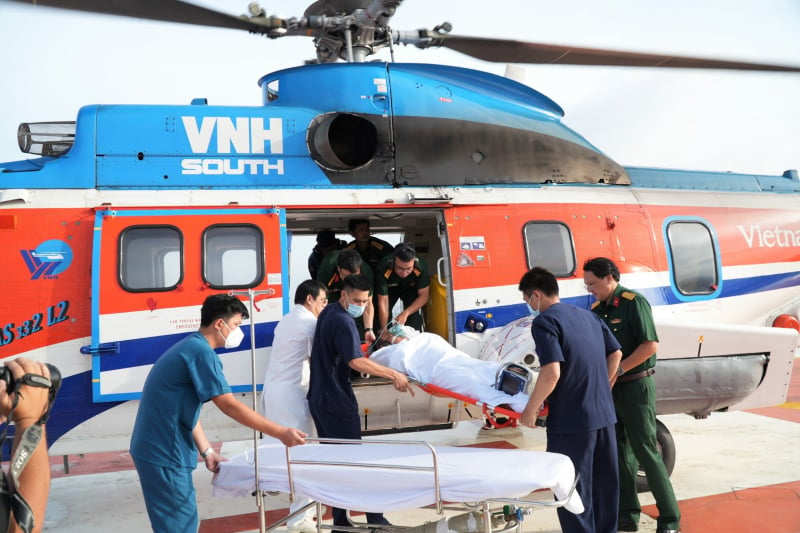
Helicopter emergency to bring patient to the mainland
According to Associate Professor Nguyen Hong Son, for an air ambulance to be safe, there are many factors that affect it. First, medical staff must have basic training in air ambulance. Because the working conditions are not the same as other forms of emergency. Medical staff must work in an airborne environment, in a confined space, with many factors such as temperature, humidity changes, acceleration and deceleration, noise, vibration, etc., which negatively affect the ability to assess patients, communicate, or even intervene in procedures during the flight.
According to statistics, the diseases that the 175 Military Hospital's air ambulance team transported accounted for the highest number of cases: traumatic brain injury (35.1%), followed by stroke (19%), and decompression syndrome (3rd).
Source link


![[Photo] Welcoming ceremony for Prime Minister of the Kingdom of Thailand Paetongtarn Shinawatra on official visit to Vietnam](https://vphoto.vietnam.vn/thumb/1200x675/vietnam/resource/IMAGE/2025/5/16/cdd9e93739c54bb2858d76c3b203b437)
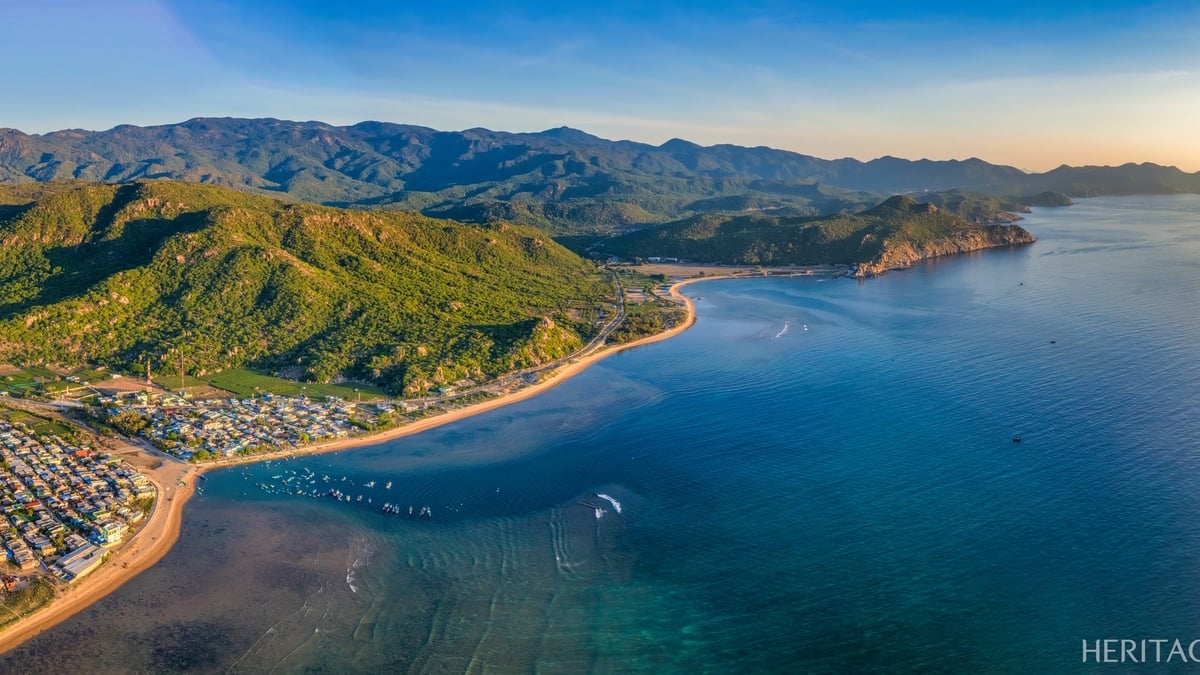
![[Photo] The Prime Ministers of Vietnam and Thailand witnessed the signing ceremony of cooperation and exchange of documents.](https://vphoto.vietnam.vn/thumb/1200x675/vietnam/resource/IMAGE/2025/5/16/935407e225f640f9ac97b85d3359c1a5)
![[Photo] Prime Minister Pham Minh Chinh holds talks with Prime Minister of the Kingdom of Thailand Paetongtarn Shinawatra](https://vphoto.vietnam.vn/thumb/1200x675/vietnam/resource/IMAGE/2025/5/16/23b5dd1e595d429491a54e3c1548fb79)

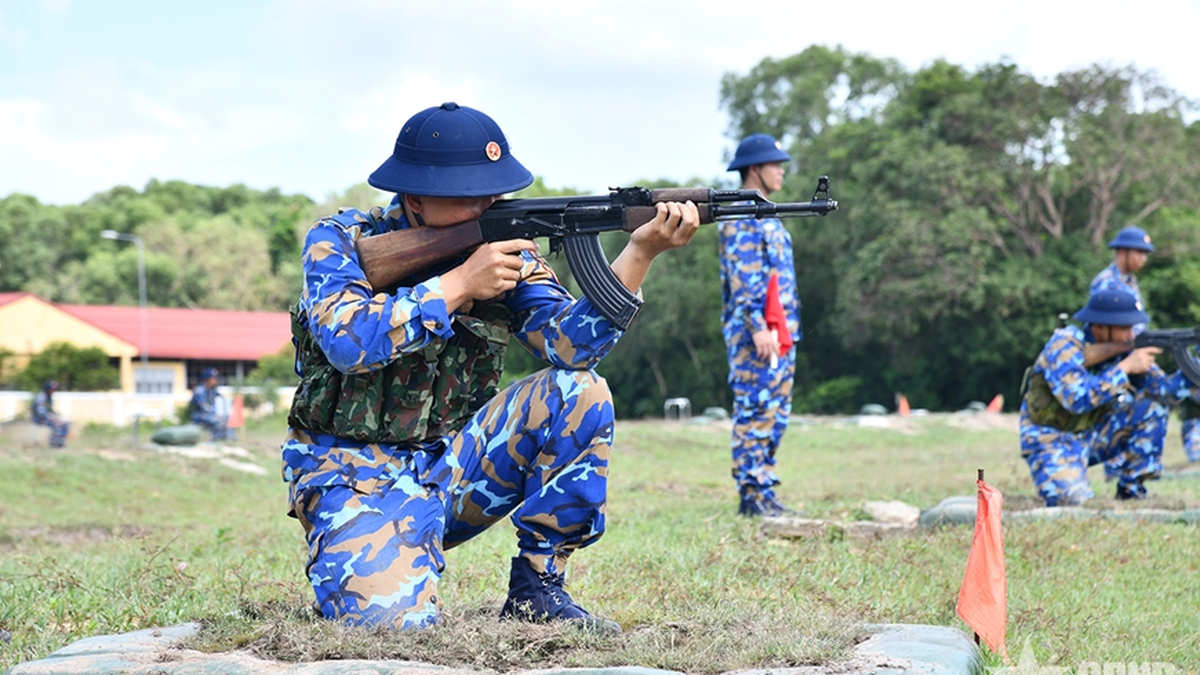


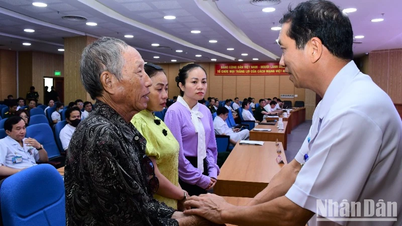




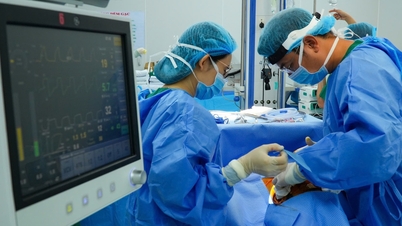









![[Infographic] Ministry of Health recommends measures to prevent and control Covid-19](https://vphoto.vietnam.vn/thumb/402x226/vietnam/resource/IMAGE/2025/5/16/c5c15b06c80c4f6c99da88bb47ef59ea)



























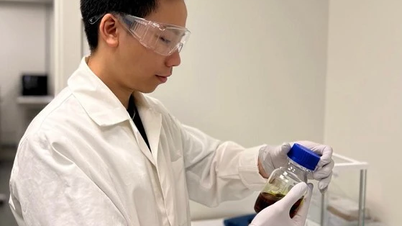



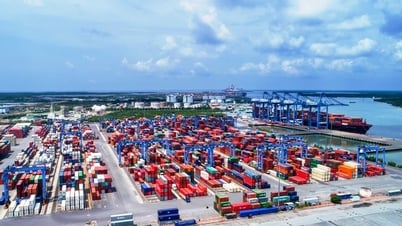

















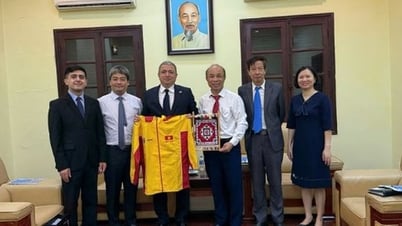




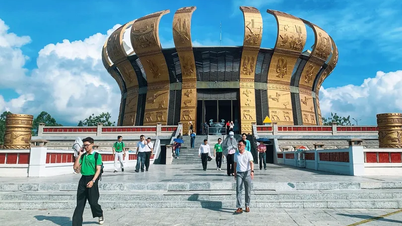
















Comment (0)